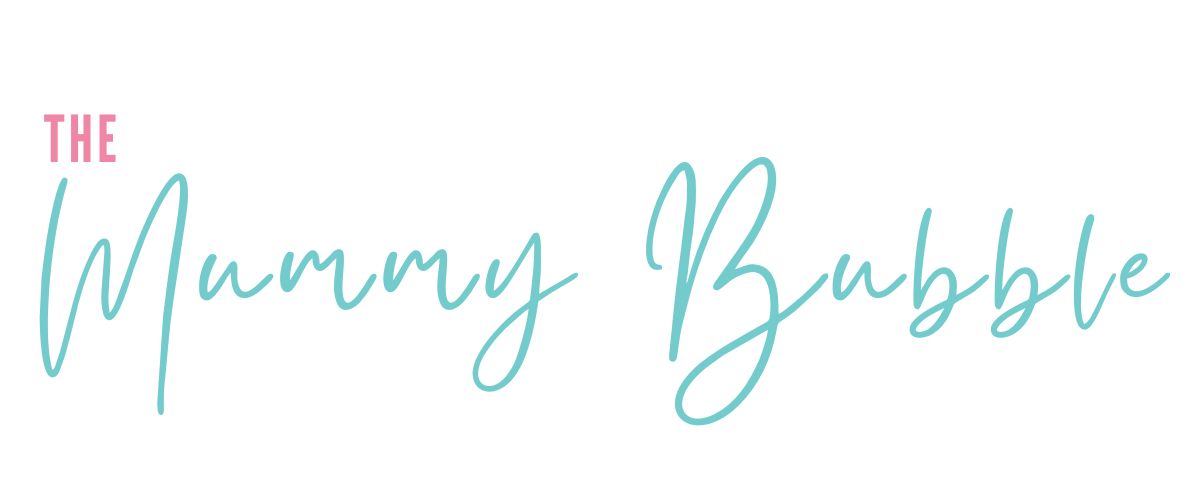
Breastfeeding is sold to us as a natural act that we will instinctively know how to handle.
In reality breastfeeding is a lot more complicated than that. The most important skill to master when nursing your baby is the latch.
But while some mothers immediately get the hang of it, it’s actually very common for new mums to struggle with the mechanics of the perfect latch.
The latch is about more than just bringing the baby to your breast. Your baby needs to take a big mouthful of breast and position your nipple towards the back of their mouth, rather than just taking the tip in a shallow latch.
I remember really struggling with the latch with both of my babies. It was certainly a lot easier the second time around as I knew exactly what a good latch was supposed to look like.
However with my first I remember feeling uncomfortable, tired, hot and sweaty as I wrestled with my baby trying to get her into the right position. It was just stressful!
Mastering breastfeeding just felt impossible with my first baby, and as a result I ended up exclusively pumping her milk feeds because I just couldn’t cope with the anxiety of trying to feed her.
If you’re here because you are preparing to start breastfeeding or you’re struggling with nursing your newborn, then fear not.
All is definitely not lost! You can totally fix a shallow latch or bad latch in as little as a day.
Taking everything I know about how important the latch is, and how you can get the right latch, this post is going to show you exactly how to fix your latch problems.
You may also like: 20 beginner’s tips for breastfeeding
Mastering the latch is crucial for not only ensuring your comfort, but also making sure your baby is getting enough milk.
A bad latch can mean your baby is not accessing all of your milk. If they are not feeding efficiently then your milk supply may start to drop and as a result, with your baby not gaining weight, you may have to ditch breastfeeding earlier than you would like.
Don’t worry though, because we’re going to talk about how you can fix this!
This post contains affiliate links.

Signs your baby’s latch is off
First of all let’s examine how you can tell if your baby’s latch is bad. There are some key signs, including some that may not be totally obvious.
Pain
The most clear sign of a bad latch is that it will hurt.
Ouch! The early days of breastfeeding can be painful even if you have your latch right! But breastfeeding should not hurt while your baby is feeding.
Normal pain associated with breastfeeding includes the letdown, where your breast constricts and releases milk from the ducts. This can feel a little like an electric shock and I can remember it making my toes curl it felt so uncomfortable in the early weeks.
If it feels as if your baby is pinching you and your nipples are becoming sore or bleeding, you need to re-examine the latch.
Crying baby
If your baby is becoming frustrated at the breast it’s a sign they are not getting to your milk.
They may fuss, cry and chew at the breast because they can’t access a steady flow of milk due to the latch not being quite right.
Dwindling milk supply
Your milk supply may start to suffer if your baby is not feeding efficiently.
Breasts produce milk on a supply and demand basis. If your baby is not emptying the breast, then the breasts stop producing as much milk.
Your breasts may stop feeling full between feeds and, most crucially, your baby may show signs of not feeding enough. This can include fewer wet and dirty nappies and a drop in their rate of weight gain.
If you do think your milk supply has started to drop, do not panic! You can build it up again in a matter of days. First things first, fix the latch and then you can check out my tips on increasing your milk supply fast.
Clicking sound when baby is feeding
Babies may make sucking and clicking sounds as part of normal feeding. But a clicking sound can also indicate your baby hasn’t quite got a deep enough latch onto the breast.
What does a good latch look like?
You can tell whether your baby’s latch is good by looking at your baby when they are nursing, and listening too.
Your baby should have their head straight facing the breast, not turned to the side. As they approach the nipple to begin latching, your baby’s mouth should be open wide around the breast and not just the nipple.
Of course they shouldn’t take your whole boob in their mouth, but you should see them taking a portion of breast into their mouth as well as the nipple.
Their chin should be touch your breast and their lips should be flanged outwards like a fish instead of being tucked in.

When your baby is feeding well you will be able to hear they are suckling and gulping rhythmically.
Their ears will also move slightly as their mouth is suckling.
How to correct a bad latch

Correcting your breastfeeding latch can be done really quickly with a bit of information, practice and persistence, so please do not despair.
While you may need some expert help one-on-one, there are lots of things you can do in your own home to help you master the latch.
Take a breastfeeding course
I really wish I had known about the Milkology breastfeeding course when I was learning to breastfeed my first baby!
It is packed with extremely helpful tips, videos and troubleshooting advice that is invaluable to a new mama.
Among the tips in the Milkology course is a step-by-step guide to getting the perfect latch and how to correct any problems.
I love that this online course can be taken completely at your own pace and you have access to it for life when you sign up for just $19 which is a total bargain.
Make sure baby’s mouth opens wide
This is one of the biggest mistakes I made in the early days of breastfeeding my first baby.
I didn’t really understand quite how big of a “bite” of the breast my baby needed to take into her mouth in order to get a good latch.
Now, if your baby is hungry then hopefully they are opening their mouth when put to the breast anyway. Wait for them to open nice and wide before you bring them onto your breast.
If your baby is not open wide, you can try stroking the top of their lip with your finger, or rubbing your nipple at the top of their lip to encourage them to open wide.
When your baby does open wide, have their chin touch the breast first, so they have a large portion of your areola (the area around the nipple) in the lower part of their mouth.
Get in a comfy position
If you are uncomfortable then you may struggle to get the latch. You can also get more stressed if you’re sitting in an awkward position.
Try several different nursing positions to see which one works best for you.
The right position for a good latch involves you being comfortable and your baby in the best position to get the right latch.
Some ideas for great breastfeeding positions include:
- Cradle hold. This is my personal preference, but everyone is different and it really depends on you. Put your baby’s head resting into the bend of your elbow on the side where you will be feeding your baby. Use the rest of that arm to support the baby’s body. Cup your breast with your other hand and lightly compress your breast so the nipple points toward your baby’s nose. When baby opens wide you are ready to latch.
- Crossover. Hold your baby’s head with the hand opposite to the breast which you will be nursing from. So if you are nursing from the left breast, support the head with your right hand. Cup the breast as above to get ready for baby’s latch.
- Football hold. This takes pressure away from your belly so is good if you have had a C-section. Hold your baby at your side, facing you, with their legs tucked under your arm like a football.
- Laid back hold. This is great if you’re tired and want to rest. Lay down in a semi-reclined position with your baby tummy-to-tummy with you. You can then guide them to your breast.

Try skin to skin
If you’re struggling with the latch this can really help to calm you both.
Studies have found skin-to-skin contact with your baby helps with breastfeeding both right after birth as well as in the weeks after birth. The early weeks are the very toughest for getting breastfeeding established, but skin-on-skin can release the happy hormone oxytocin and relieve any stress that may be causing an issue.
Bring your baby to you
Try not to hunch over your baby or bring your breast to them.
Get comfortable in a position where you are very close and bring your baby’s head to your breast.
Start again
If you are not sure the latch is quite right then break it off and start again.
You can break a latch without causing pain by just nudging your little finger into the corner of your baby’s mouth.
This breaks the suction and means you can pull your baby’s mouth away. Never just yank the nipple out of your baby’s mouth because that can seriously hurt!
Seek expert help
If you do give birth in hospital then make good use of the midwives and lactation experts on hand on the wards.
Ask someone to watch you latch your baby and get some tips on how you can make it easier for yourself.
Once you’re at home, check out the local breastfeeding support groups available to you. There are many free groups and organisations offering free advice that can help you.
One brilliant international groups is LaLeche League which also has meetings in countries where it is active. You can visit these to get one-on-one help from experts and fellow mothers who have been through exactly the same as you.
There’s so much help out there, and experts will have seen all of the issues you may have with breastfeeding many times before.
Persevere

The latch can be really tricky to master, and so you really need to remind yourself to this.
Do not beat yourself up! Instead keep trying and you will find all of a sudden everything will just click.
One of the most important things to do if you do want to stick with it is to continue trying. When you stop putting your baby to the breast regularly and start supplementing with formula throughout the day, your supply will start to drop off.
There are also some brilliant latch tips over on the Medela website.

